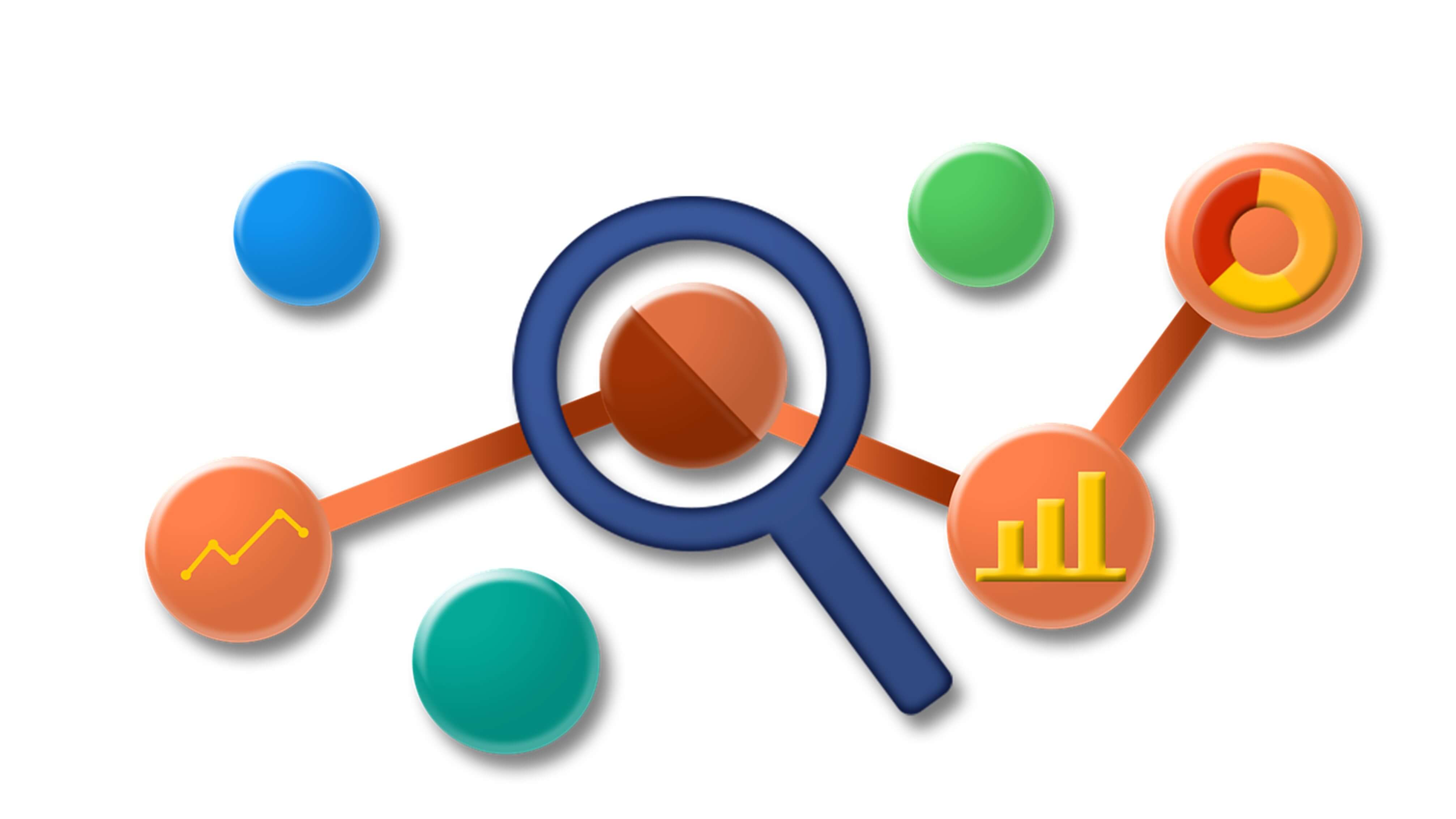

Nowadays, more and more brands are embracing data-driven decision-making to put the customer at the core of their marketing activities. This is the so-called customer journey mapping. A recent eMarketer study revealed that 61% of worldwide digital marketers expect personalisation to be the leading tactic used to attract new customers.
To aid in gathering more information to personalise customer experience, brands can make use of a wide variety of tools available. These range from web analytics platforms such as Google Analytics and Adobe Analytics as well as CRM platforms such as Salesforce. Which to use depends on several factors: depth of analysis, budget, or expertise required. Further, these tools are continuously updated to allow for improvement in the level of analysis about customer behaviour, interaction and intent. In this blog post we will be looking at several of the recent Google Analytics updates.

Google Analytics New Features review
Google Analytics have rolled out a series of interesting new features that expand the current level of analysis.
- Conversion probability: This new metric uses machine learning and shows you the probability that a given user will convert in the future. Spending time with this feature interrogating your data and understanding your customer can create powerful audience groups indicating the probability a user in that audience will convert based on machine learning. Further, using those audiences for remarketing lists can help target efficiently only those visitors with a high likelihood to purchase. This feature is available for those properties with >1000 transactions per month. A new report is generated on a monthly basis.

- Audiences reporting: This new form of reporting allows users to see a cross-channel view for any of the audiences they have created within google analytics. Audiences can be set up in GA through Admin tab > Custom Audiences.

These two functionalities have been developed in addition to the new user explorer feature, which has been around for a year. It offers the possibility of shifting the analysis in GA from session level to user level, raising the understanding of their engagement across different sessions and multiple days.
These new features from GA are a clear step in the right direction. However, they are not valuable without a structured approach. Currently, it is still somewhat a challenge to use these insights to plot an in-depth view of the customer journey. For example, see below the difference between the GA data and a bespoke consumer segmentation report produced by combining several data sources. Data shown is by age, gender and interest. Same data – different insights.

Stay Forward
Get exclusive insights into digital
media's top-trending topics delivered
directly to your inbox.
The Challenge: Moving From Data to Insights
While these additions are great, having a tool is only part of piecing together the customer puzzle. The power of using any of these data sources comes from integration with other data sources. For instance, by combining GA data together with other relevant sources (CRM, call-tracking, social media, 3rd party data, etc.), it is possible to map out all relevant channels/content/messaging that your customers/potential customer interact with. In turn, this will allow brands to re-construct the different touch points within the customer journey to lead the transition from instinct based decision making to customer focused, data-driven decision making.

Think about what are the questions you want an answer to: “Do I know who my customer are? Are you capturing their data signals? Likes, dislikes, interactions, location? Do you have multiple data sources?”

Building on answering the previous research questions, the next questions to ask would be “which content drives them to make a purchase?”, “what are the best channels for me to reach them on?” Plotting these questions will help you to understand how customers interact with your products/brand at the different stages of their journey and where you can make improvements.
Key takeaway: It’s all about the insights
All in all, the use of analytics tools is an important element in building a better picture of who your customers are. However, the greater benefits come from connecting all the different data sources you are using to collect data about your customer.
If you would like to know more about how we can help you connect your data sources to help you drive informative, actionable insights please contact DAC.
Contributing Experts
Stay Forward
Get exclusive insights into digital
media's top-trending topics delivered
directly to your inbox.


